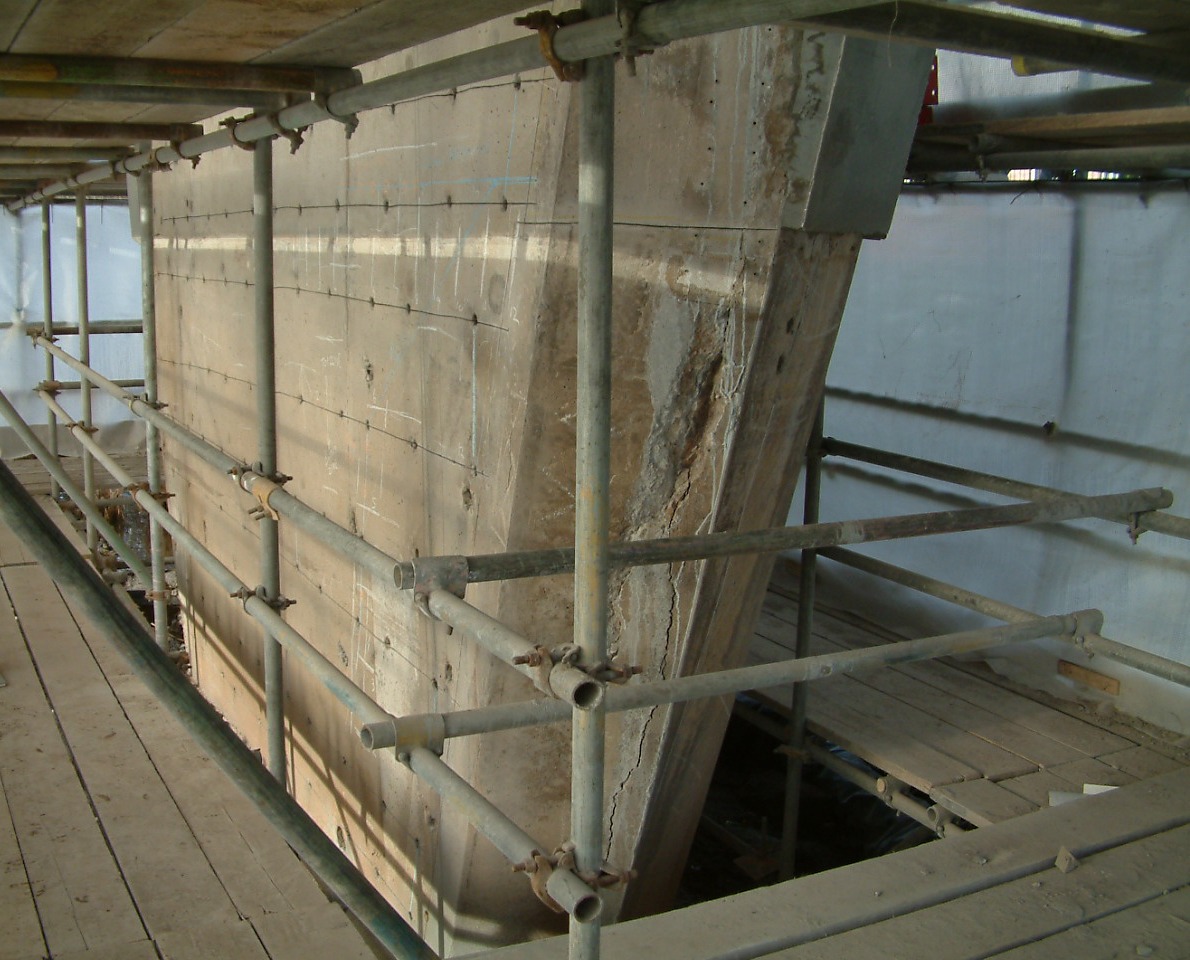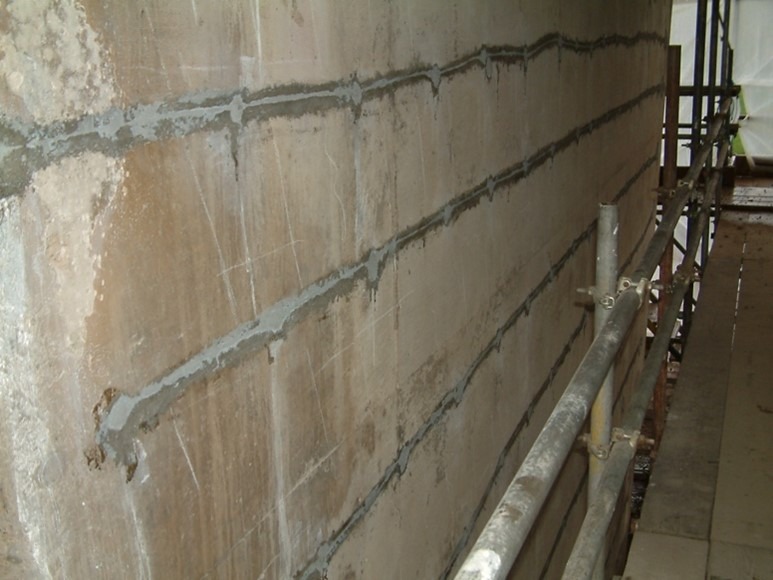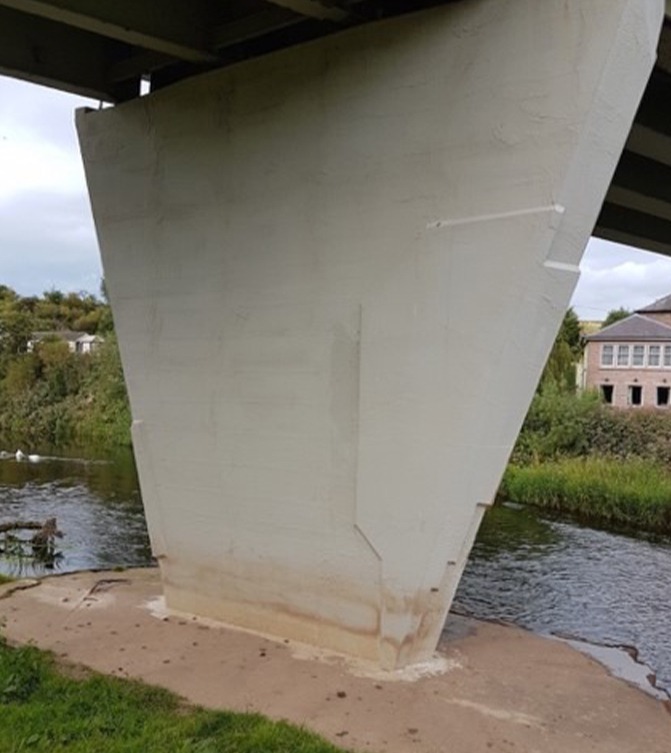
A key technical paper by industry experts, submitted to Concrete Solutions 2019, examining the design challenges and performance characteristics of galvanic and hybrid corrosion protection systems on a number of bridge structures.
Engineers quite rightly look for evidence of performance when considering new technologies, especially ones that you cannot physically see working. The authors of this report use extensive data gathered from site including galvanic currents, steel and anode potentials and steel corrosion rates to assess the performance of both galvanic (PatchGuard™) and hybrid (DuoGuard™) systems.
Terminology used in this study is as follows:
● Galvanic system – a current is generated through the difference in potential between two metals. A sacrificial zinc alloy is introduced to create this potential difference and render the steel rebar cathodic, i.e., the protected half of a corrosion cell.
● Impressed current system – a current is generated via a permanent transformer rectifier connected to embedded inert anodes. The anodes are typically coated titanium and do not sacrificially corrode.
● Hybrid system – a current is initially generated via a temporary power source but is then switched to a purely galvanic system once steel passivity has been restored – typically after one to three weeks. Described in the paper as ‘the best of both worlds’.

___Whiteadder Bridge – cracking and spalling concrete, preparation of anode holes
The full report can be accessed here: Case studies of hybrid and galvanic systems on bridge structures.
Below is a summary of the 5 key takeaways:
1. At the time of publication, Whiteadder Bridge had been under forensic study for over 11 years*. The hybrid system is proven to be performing as per design, delivering effective corrosion protection to the chloride contaminated piers. No cracking or spalling of the concrete has occurred.
2. Galvanic anodes react swiftly to a changing environment, such as tidal zones or flood plains, delivering self-regulating protection.
3. Anode hibernation during dry or non-corrosive periods is a positive design feature and can extend anode life by decades.
4. Galvanic corrosion protection systems can be used on pre-stressed structures with confidence, whereas permanently impressed current systems should be approached with caution due to the risk of hydrogen embrittlement of the reinforcement.
5. Several years after installation, the on-going performance of embedded galvanic anodes can be verified by the surface measurement of half-cell potentials using a hand-held probe.
*2021 update: the DuoGuard™ hybrid system at Whiteadder Bridge has now been in place for 14 years and continues to deliver effective corrosion protection to treated zones with no cracking and spalling of the reinforced concrete evident. No maintenance costs have been incurred by the client. Monitoring costs for an impressed current system could reasonably be estimated to be in the order of £45,000 over this period of time, ref: CPA Technical Note 12.

___Whiteadder Bridge – Installed hybrid anodes

_Whiteadder Bridge pier 2007 post repair

_10 years after installation
_note the flood water markings on the pier
Share this article: